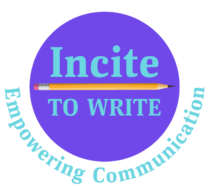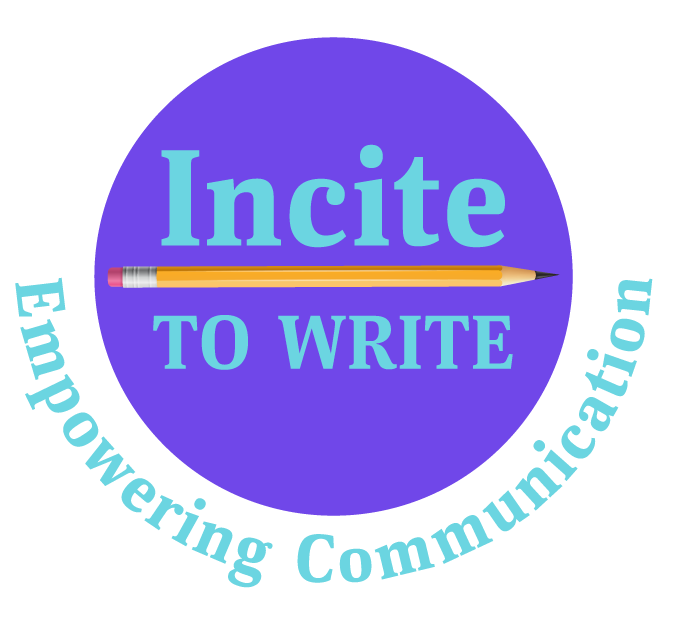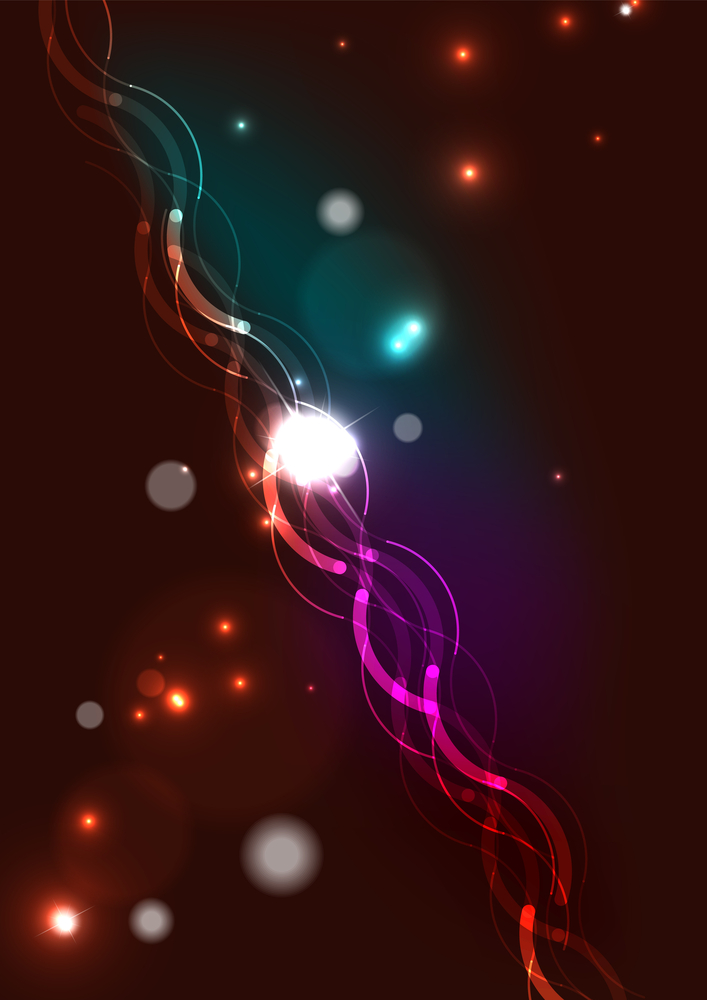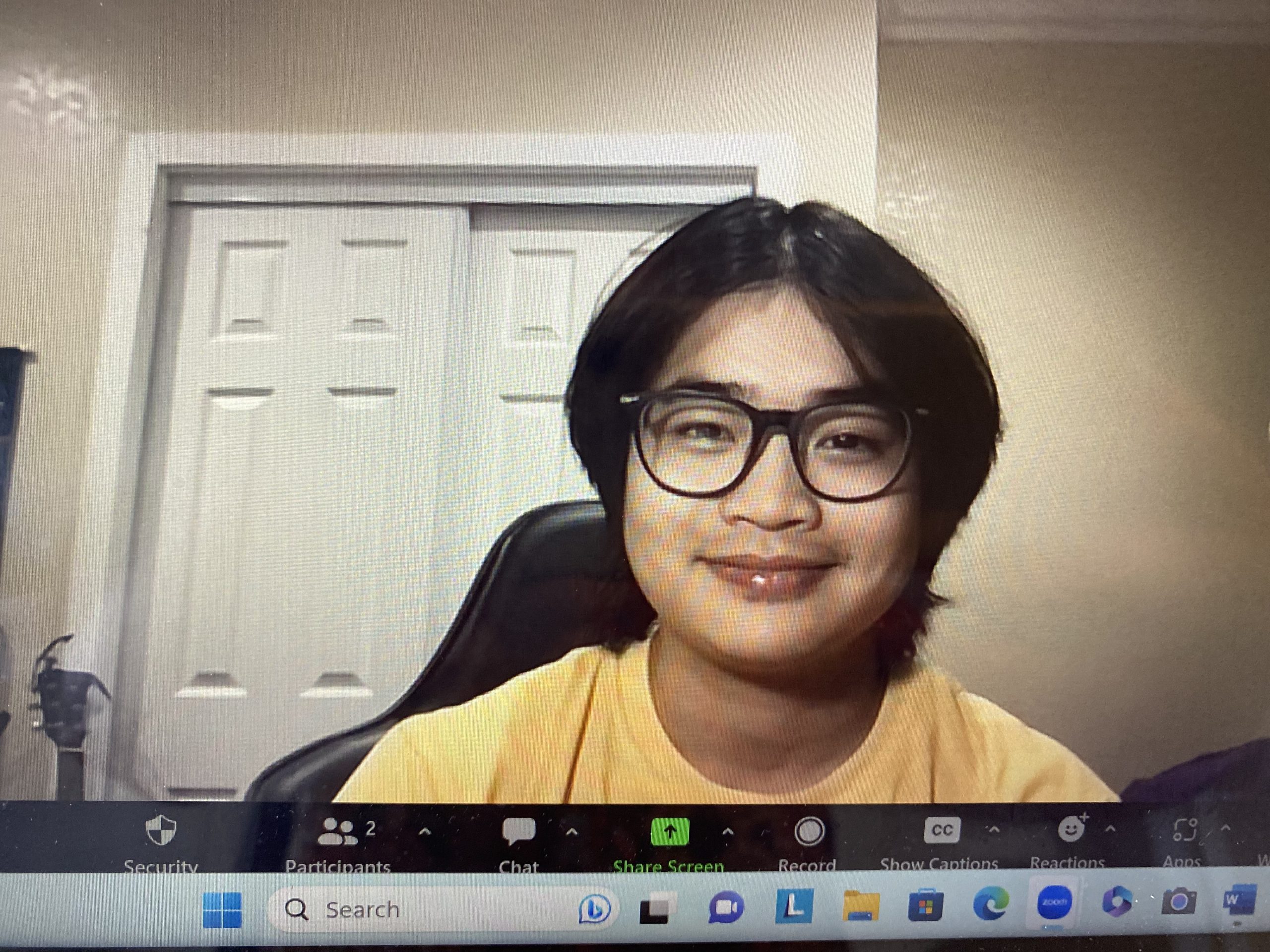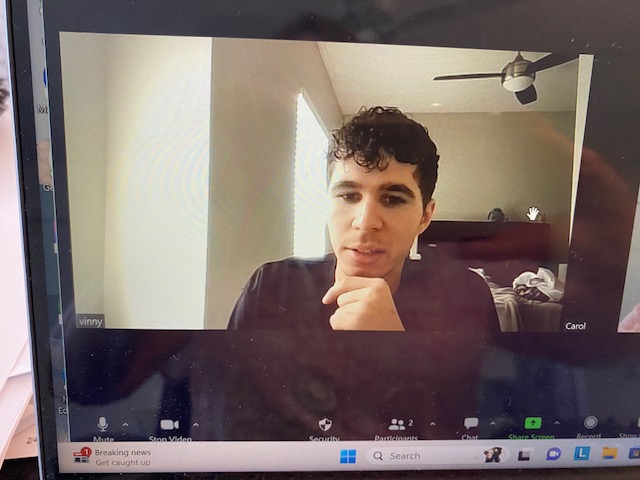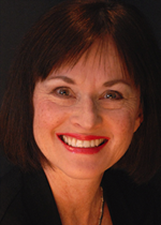The act of creating is not as difficult as one might think. Being creative is innate to us; it’s tied in with our imagination. Remember those early humans who imagined the worst in order to survive? We’ve been strengthening that imagination muscle for a long time. Our well-developed ability to imagine is one of the things that sets us apart from all other species. It’s part of who you are, and you can rely on it, but you need to use it consciously. Making up worst case scenarios about the future as well as making up fantasies about the future are not productive ways to use your imagination.
Creating takes place in the present moment. This may be obvious, but with our overactive minds we are usually not in the present. We’re in the made-up world of our thoughts. Children, however, don’t have as busy minds, so this will be easier for your child. You can come into the present by taking a deep breath, feeling your feet on the floor, listening to the sounds around you. Quiet the mind. Relax. Ideas come. How? When you are relaxed, you are a conduit for inspiration and ideas. They drop in – just like that. No struggle. Resistance is the antithesis to creating. Resistance is like throwing a rubber ring around a circuit of electricity: the electricity immediately stops. Your resistance stops the flow of ideas.
Being open and non-resistant is very important if we want to be conduits. Yet it’s challenging for us to be non-resistant. It seems like we’re always in resistance to something: there’s not enough time; it’s too noisy, I have to finish cleaning, the garage needs to be cleaned out, my hair doesn’t look good, I gained another pound; I don’t like the steak the waiter brought me-it’s overcooked, etc. Make it a point to tune in a few times a day and see what you are in resistance to at any given moment. When we recognize the resistance, we can then choose to consciously release it. We can accept what is so, and leave it at that, until the time comes when we can change or transform it, if it can be changed or transformed.
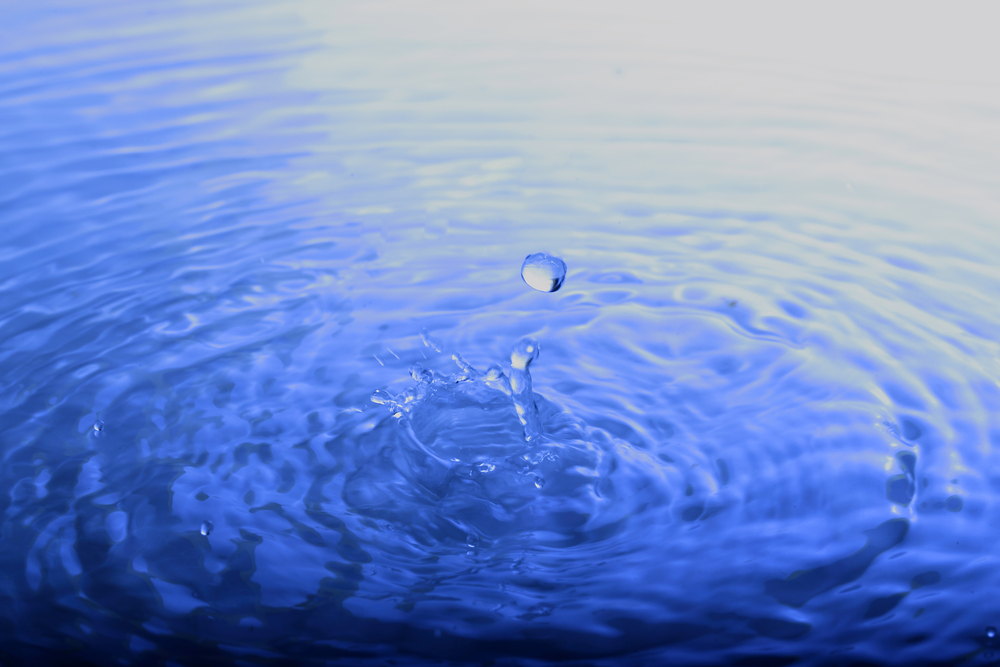 In other words, the present moment doesn’t have to be perfect in order for you to create. The present moment is always a mosaic of many things – some pleasant, some not so pleasant. Just because some unpleasant fact is true in your present moment doesn’t mean that you can’t be creative. However, if you resist the fact instead of just accepting it, then that resistance will stop you from being a conduit for the energy of ideas. The resistance stops you from showing up in the present. You’re off in your head, resisting. Become conscious of it, and you have the choice to release it, to let it go. One technique that helps with acceptance is to think of releasing your resistance into the ground. Once you release resistance, that energy you were consuming for resistance is now free for creating.
In other words, the present moment doesn’t have to be perfect in order for you to create. The present moment is always a mosaic of many things – some pleasant, some not so pleasant. Just because some unpleasant fact is true in your present moment doesn’t mean that you can’t be creative. However, if you resist the fact instead of just accepting it, then that resistance will stop you from being a conduit for the energy of ideas. The resistance stops you from showing up in the present. You’re off in your head, resisting. Become conscious of it, and you have the choice to release it, to let it go. One technique that helps with acceptance is to think of releasing your resistance into the ground. Once you release resistance, that energy you were consuming for resistance is now free for creating.
Besides freeing yourself from any resistance to what is so, you also want to release/free yourself from conditioning, beliefs, and thoughts, because they will also get in the way of your showing up fully in the present moment – undecided about reality. Remember the metaphor of the white canvas in Part 2? If you show up with your conditioning or any thoughts, you no longer have a white canvas on which to create. Your canvas is already covered – there are blotches all over it, each blotch representing a thought. That may be OK for art therapy, and art therapy has its uses, but it is not creating. It is not tapping into your creativity. Creating is about newness and it can only happen in the present moment, when you show up fully with all your energy; when you bring a blank canvas to the present. Just like you need to remove the clutter from your environment to create, you also need to remove the clutter from your mind.
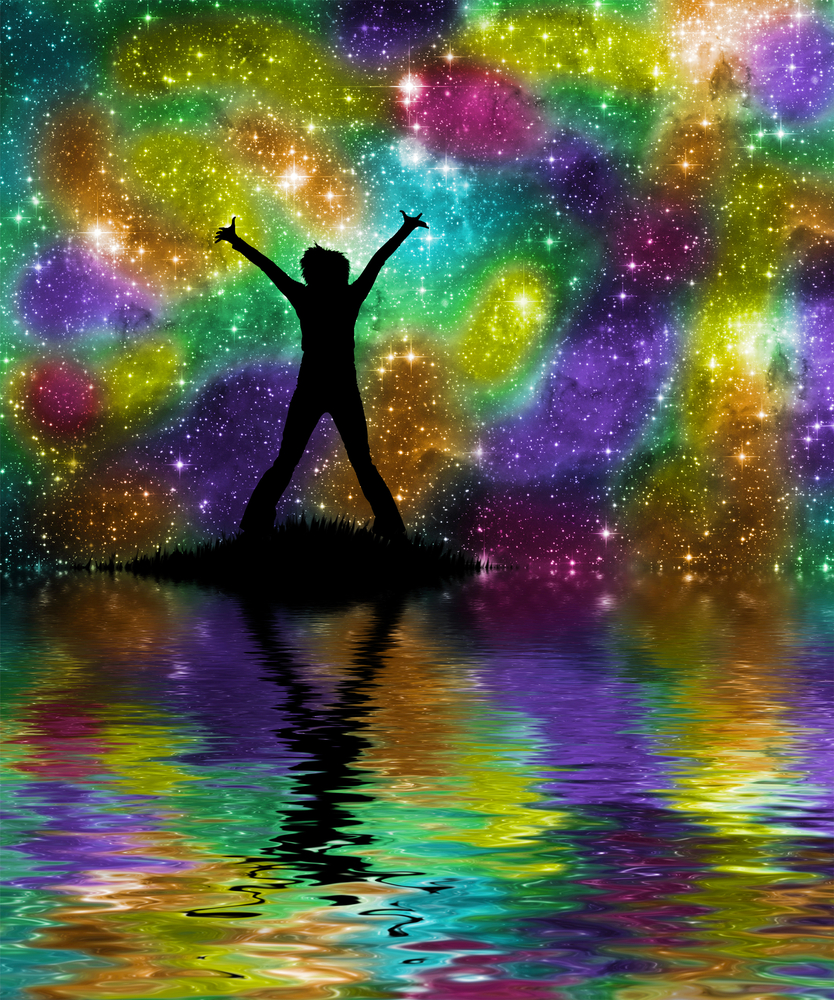 Creativity happens when we free ourselves to tap into that un-manifested potential of the present moment. This is when inspiration comes. It can’t help but come because the un-manifested energy is always present. The energy of potential and uncertainty bring aliveness to every moment. They provide the juice of life, and they are components of every present moment, not just a few moments once a week. The energy and potential for creating is always present, so the question really becomes: are you going to be a conduit, or not?! Are you free to create?
Creativity happens when we free ourselves to tap into that un-manifested potential of the present moment. This is when inspiration comes. It can’t help but come because the un-manifested energy is always present. The energy of potential and uncertainty bring aliveness to every moment. They provide the juice of life, and they are components of every present moment, not just a few moments once a week. The energy and potential for creating is always present, so the question really becomes: are you going to be a conduit, or not?! Are you free to create?
Once you set your intention for creativity, don’t be surprised where and when your ideas come. Those ideas and inspiration want to slip in, and they’ll find a way! Because they seek the path of least resistance, they may come when you least expect it: when you’re brushing your teeth, washing your hair, getting on the bus. These are times when our busy minds are out of the way, and we are more able to be a conduit for the energetic flow of ideas. Then inspiration can drop in; it’s that easy.
 Once you are inspired and have ideas, manifesting them is another matter. As Einstein pointed out, creating is messy. It is not a linear process, so you’re going to have to get your hands wet and allow the messiness, confusion and experimentation that is part of the process of bringing something new into reality.
Once you are inspired and have ideas, manifesting them is another matter. As Einstein pointed out, creating is messy. It is not a linear process, so you’re going to have to get your hands wet and allow the messiness, confusion and experimentation that is part of the process of bringing something new into reality.
Creativity takes many forms. Your child might be creating a picture, building a structure, making a piece of pottery, creating a dance, playing an instrument. But creativity goes way beyond what we consider to be actual artistic products and artistic pursuits. In Part 4, we’ll look at all the ways creativity shows up in your life, and what specific things you can do to encourage creativity in all aspects of your child’s life.
